7 Activities that Promote Oral Language Skills in ELLs
August 1, 2025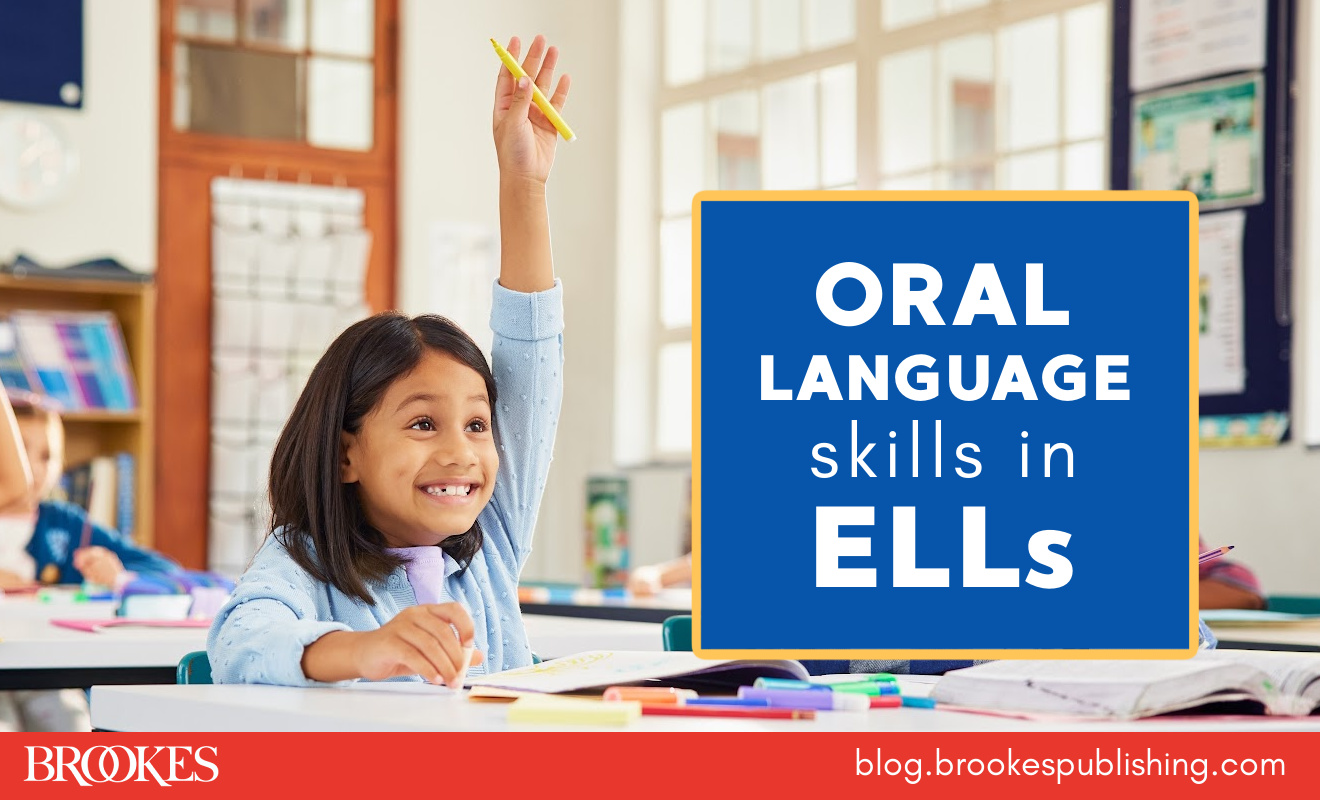
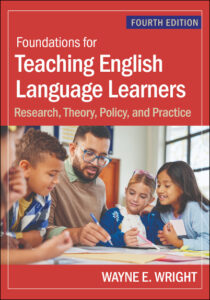 Classroom interaction with teachers and peers is a crucial component of English language development for students classified as ELLs. Excerpted and adapted from the new edition of Wayne Wright’s bestselling book, Foundations for Teaching English Language Learners, today’s post gives you 7 activities that promote oral language skills and create opportunities for authentic and meaningful interaction in ESL and sheltered content-area instruction contexts.
Classroom interaction with teachers and peers is a crucial component of English language development for students classified as ELLs. Excerpted and adapted from the new edition of Wayne Wright’s bestselling book, Foundations for Teaching English Language Learners, today’s post gives you 7 activities that promote oral language skills and create opportunities for authentic and meaningful interaction in ESL and sheltered content-area instruction contexts.
Think-Pair-Share
What to Do: Assign each student a partner and ask a question related to whatever topic the students are studying. Give students time to think of their answer and jot down a few notes. Then, at your signal, they turn and discuss their answers with their partners. You can wander around and eavesdrop on the conversations, providing support as needed. After a few minutes, call on pairs of students to report what they talked about.
Why It’s Helpful: Think-Pair-Share engages students in paired conversations and provides built-in wait time in a low-risk environment. Everyone is talking at once, and the ELLs are talking with only one peer. If their answers are not quite right, their partners may be able to help them clarify misunderstandings. If they are asked to report their answer to the class, they have already had a chance to practice answering with their partners and thus can answer with greater confidence.
Roundtable
What to Do: Assign students to small groups of three to six. Give each group a single sheet of blank paper and a task that involves brainstorming ideas related to what they are currently learning in class. For example, students might be asked to brainstorm ideas about alternative endings to a story or about why a character acted a particular way. For a simple ESL lesson, students could be asked to brainstorm a list of items they might find in a kitchen. Each student in the group gets the opportunity to contribute something to the list of ideas, and a recorder writes the responses on the paper.
Why It’s Helpful: Roundtable works well with ELLs because they are working collaboratively with a small group of their peers on a fairly narrow task. They must listen to their peers to make sure they do not repeat something already on the list. Their contributions are given equal status by being added to the list along with those of all other group members. Misunderstandings can be clarified by other students in the group. In roundtable, ELLs are likely to pick up new vocabulary and ideas based on the contributions of others in the group.
Numbered Heads Together
What to Do: Assign students to groups of four. Each group is given a number (Group 1, Group 2, etc.) and each student within the group is given a number (Student 1, Student 2, etc.). Ask a question or give each group a task to complete. When students are finished, randomly call out a group number and then a student number (using spinners, dice, slips of paper in a sack, etc.) and asks a question related to the task (e.g., “Group 3, Student 2: What is the third planet from the sun?”). This strategy can be combined with the roundtable structure for groups to report the ideas from their brainstorming.
Why It’s Helpful: Because any member could be called on to answer the question for the group, each group must make sure that each member is ready to respond. Thus, a great deal of interaction takes place between group members as they prepare, which gives ELLs many opportunities to learn and practice language.
Acting Out Stories
What to Do: Have students act out the stories they read. Students at beginning levels of English proficiency can act out simple stories or play characters with the least amount of dialogue, and those at more advanced levels can act out more elaborate stories or take on roles with the most dialogue. Alternatively, the students could create and act out a variation or extension of a story. For example, students could act out what would happen if the characters were interacting with each other and the host of a TV talk show as they discuss the central problem of the story.
Why It’s Helpful: Students learn many new words, grammatical forms, and language structures from reading. Acting out stories is a great way for students to internalize new language learned from reading by incorporating it into the oral performance. Students must also communicate with peers to collaborate in planning, creating simple props and scenery, and rehearsing for the performance.
Narrated Presentations
What to Do: Have students produce podcasts, videos, VoiceThreads, or other narrated presentations related to things they are learning in class. Flip (formerly FlipGrid) is another popular web and mobile app which makes it easy for teachers and students to record, edit, and share videos for others in the class to view and comment on. Using tools like Adobe Character Animator, students can even create and voice animated characters through motion capture technology.
Why It’s Helpful: Technology tools can help give students meaningful and highly motivated speaking practice. Knowing their work will be shared with others can also give students a sense of audience that motivates them to do their best.
What Am I?
What to Do: Students all wear a headband with a card on the front that they cannot see but others can. Alternatively, a card could be taped to each student’s back. The card has a picture or the name of some object, animal, or person. Each student has to figure out what’s on their card by asking questions of other students, such as, “Am I an animal?” “What color am I?” “Do I have wings?” (For the game to be successful, first make sure the students have learned the vocabulary and language forms necessary to play.)
Why It’s Helpful: For students at lower levels of English proficiency, this game is a fun and effective way to practice basic vocabulary, such as the names of household items, animals, or food. For students with more advanced proficiency, the game can be used to help them learn vocabulary associated with a particular unit of content-area study. (For example: “Am I surrounded on all sides by water?” (“No.”) “Am I surrounded on three sides by water? (“Yes.”) “Am I a peninsula?” (“Yes!”).
Concentric Circles
What to Do: Divide the class into two equal groups. One group makes a circle, with each student facing out. The other group makes a circle around the first circle, with each student paired off with and facing a student in the inner circle. Ask a question or announce a particular topic to discuss or task to complete (e.g., “What is your favorite holiday and why?”). On your signal, the students in the inner circle give their answers and then the students in the outer circle give theirs. After each student has spoken, instruct one of the circles to rotate until each student is facing a new partner (“Outside circle, rotate two students to your left”). The students then discuss the same topic with their new partner. The process repeats until students have rotated to new partners several times.
Why It’s Helpful: What makes this activity so effective for ELLs is the practice they get listening and speaking in English. In the typical classroom lesson, the teacher talks and calls on one student at a time. Thus, in a 30- to 45-minute lesson, only a small number of students may be given the opportunity to speak, and each student has time to say only a little. With concentric circles, in a fraction of the time, each student can talk about ten times more. Even better, the repetition of the task with new partners provides beneficial practice—each time students will feel more comfortable and confident, and the conversations will feel more natural.

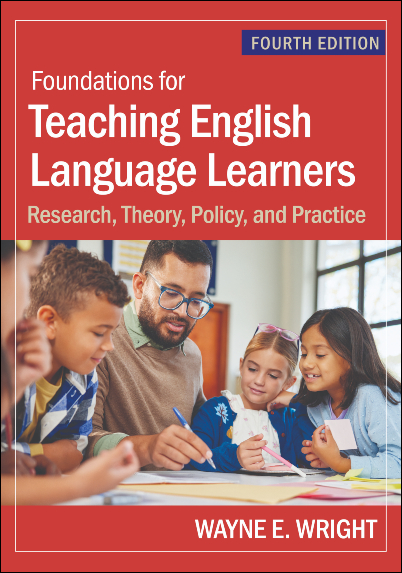
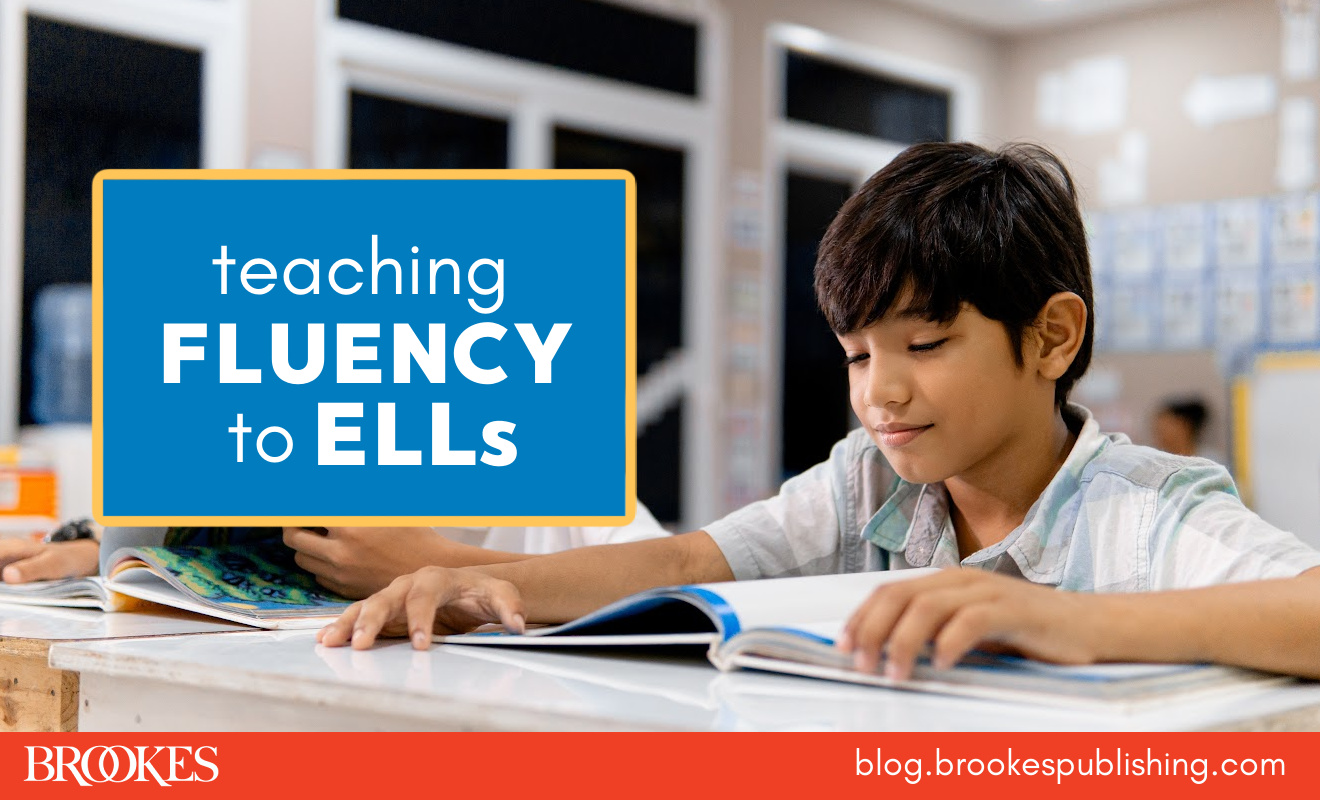
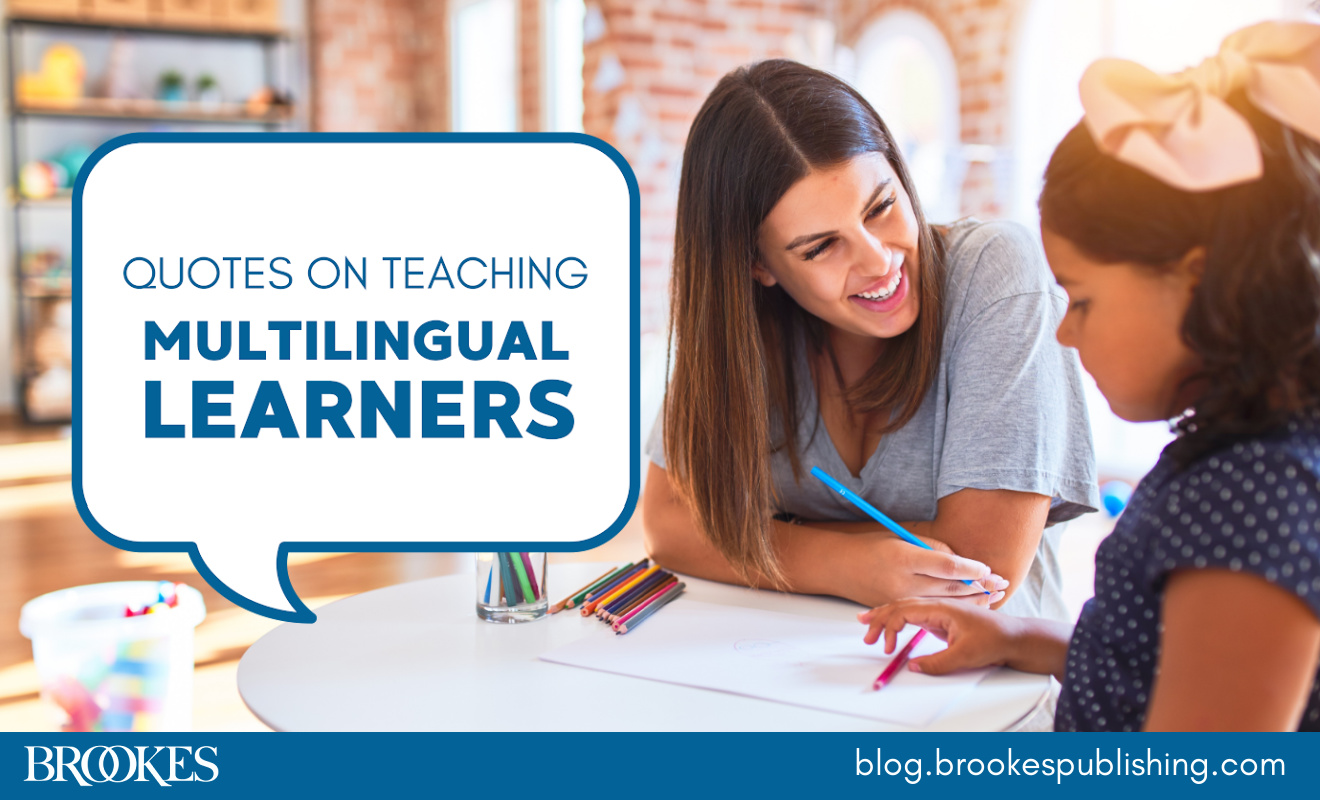
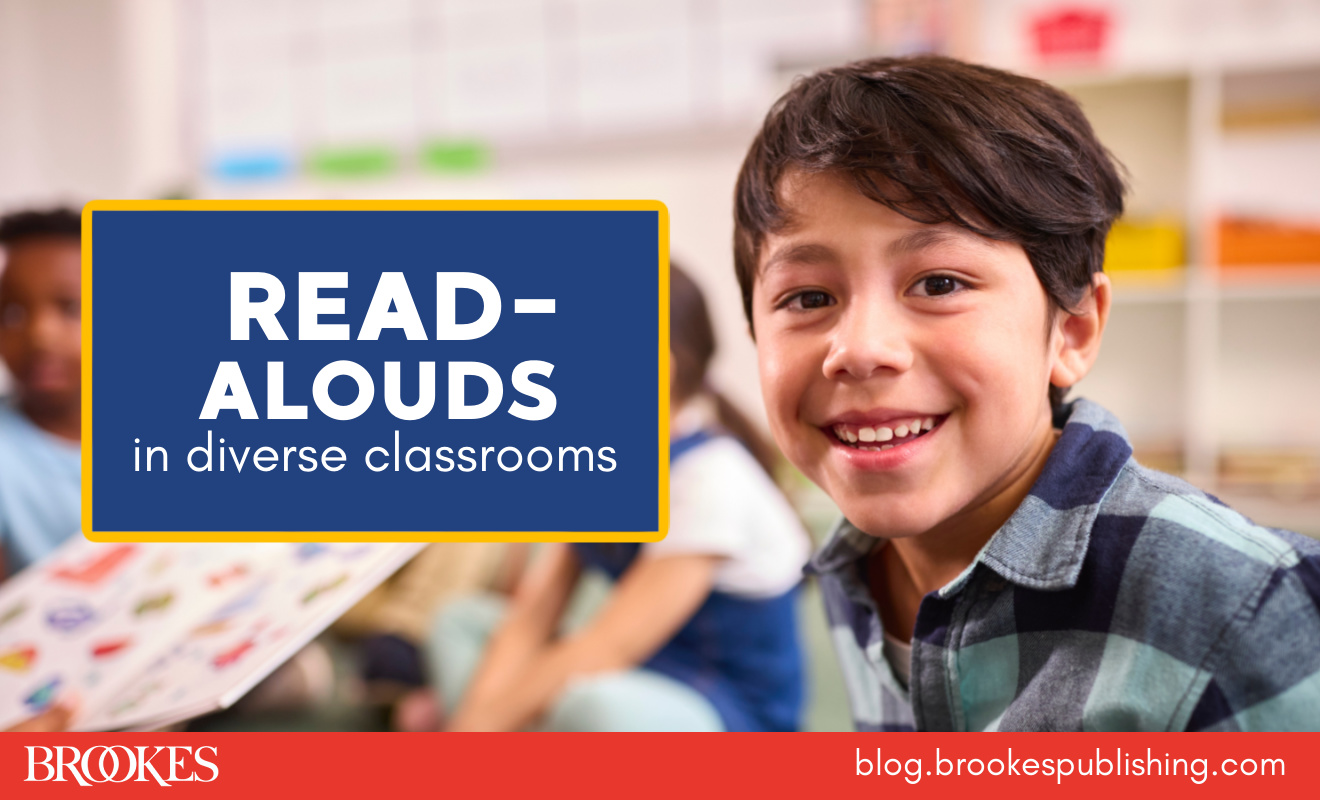
Write a Comment
Your email address will not be published. Required fields are marked *
Post a Comment